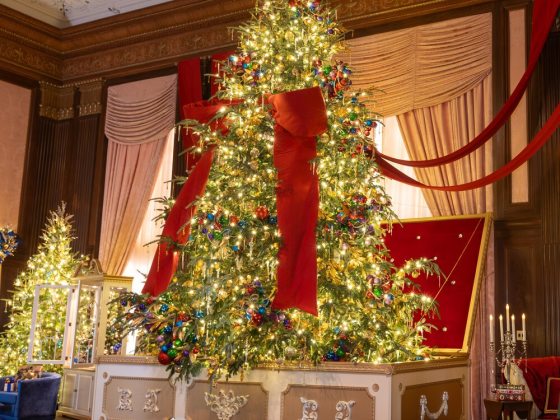
Featured Bloom
Music Room Christmas Tree
This dazzling display transforms the Music Room into a gala of gemstones and jewels. Jewel-toned ornaments shimmer on a heavily decorated 18-foot Fraser fir tree (Abies fraseri) that rises from a giant gold and white jewelry box and is draped in a sweeping six-foot wide red bow that connects to free standing columns and wraps around the room.
See what’s in bloom … and enjoy the beauty of our Gardens.
-
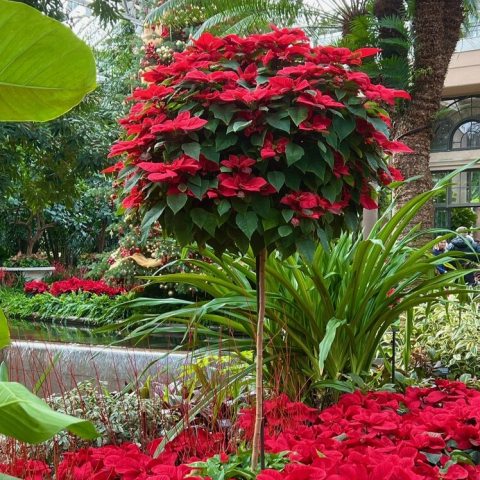
Poinsettia Standard
Euphorbia pulcherrima 'H-327' Nutcracker Red™Grown over a labor-intensive 2-year process, standards are carefully trained and managed to reach their towering height. A poinsettia cultivar chosen for its color or form is grafted onto a tall, vigorous rootstock. The grafts are rubber-banded in place and covered in Parafilm. The rootstock and grafted plant continue to grow together for the next 18 months. The full round shape is created by continuously pinching and tying the plant as it grows. The plant is ready to be displayed after two years. All the branches are tied to each other for support.
-

Poinsettia
Euphorbia pulcherrima (Roccostar White)The poinsettia was introduced to this country from Mexico in 1825 by Joel Poinsett. The botanical name for the poinsettia is Euphorbia pulcherrima, meaning the most beautiful Euphorbia. The showy colored parts of poinsettias that most people think are the flowers are colored bracts (modified leaves). Poinsettias are cold sensitive, so they cannot be used in cold drafty areas. Poinsettias are not poisonous, although they can cause an upset stomach if eaten. We use a variety of Euphorbia species and cultivars in the Christmas display and throughout the year, and in the permanent plantings collection.
-
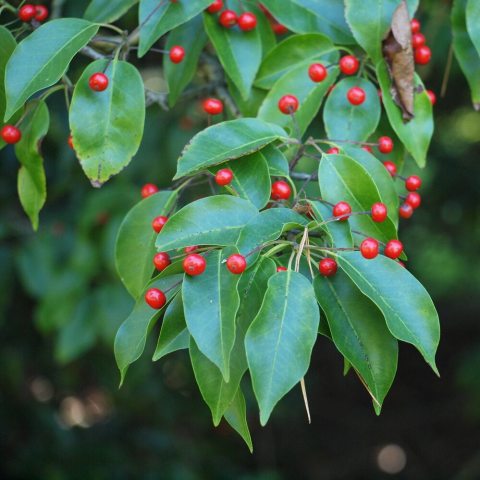
Long Stalk Holly
Ilex pedunculosaIlex pedunculosa, commonly known as Longstalk holly, is a graceful and slightly quirky member of the holly family, best recognized by its bright red berries that dangle on unusually long, slender stalks, hence the name pedunculosa. Native to East Asia, particularly Japan, Korea, and parts of eastern China, this holly brings understated elegance to woodland gardens and temple landscapes. Unlike the glossy, evergreen hollies many people expect, it has soft green, leaves, but like all hollies, Ilex pedunculosa is dioecious, meaning male and female flowers are borne on separate plants, so a female plant requires a nearby male to produce its signature berries.
-
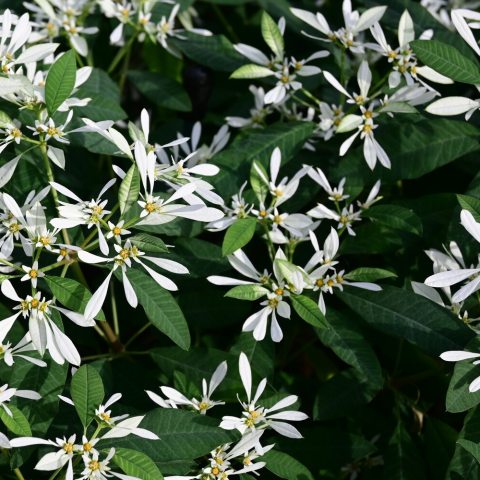
Pascuita
Euphorbia leucocephalaEuphorbia leucocephala is a member of the family Euphorbiaceae, a family of plants known best for their unique pseudo flowers called cyathia. What looks to be a single, normal flower is actually a cup-like structure resembling petals, which holds nectar glands, one extremely reduced female flower, and multiple male flowers. All Euphorbia have a poisonous milky latex used to deter herbivores, and due to this they should be handled with caution.
-
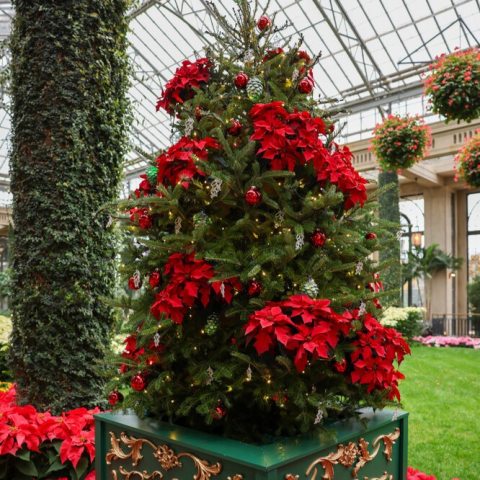
Floral Tree
Abies fraseri and Euphorbia pulcherrima ‘Red Ribbons’Floral Trees are cut green trees with added hardware constructed to support flowering plants like poinsettias or begonias which are carefully placed among the branches. The irrigation for the flowering plants is integrated in the structure. Longwood's talented metal fabricators designed and developed this form. Look for all four Floral trees in our Orangery, each featuring a different poinsettia cultivar!
-
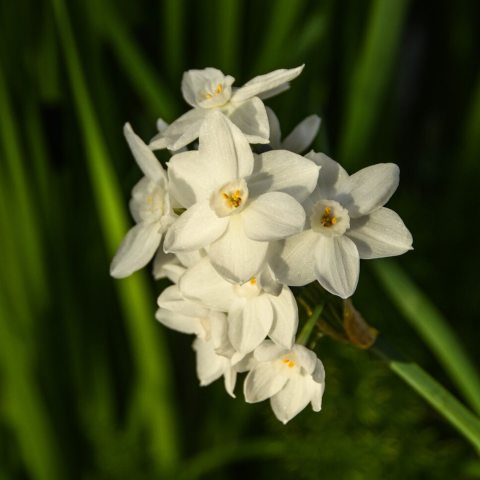
Paperwhite Narcissus
Narcissus ′Nir′Narcissus ‘Nir’ belongs to the Narcissus genus, a group of bulbous perennials native to Europe, North Africa, and western Asia, with the greatest diversity found in the Iberian Peninsula. All modern daffodil cultivars, including ‘Nir’, descend from these wild species, which have been cultivated for centuries for their early spring blooms, distinctive trumpet-shaped flowers, and resilience in temperate climates. These bulbs produce clusters of white, fragrant flowers that can be forced to bloom indoors in winter. Easy to grow in containers, paperwhite narcissus are a wonderful accent to the home.
-
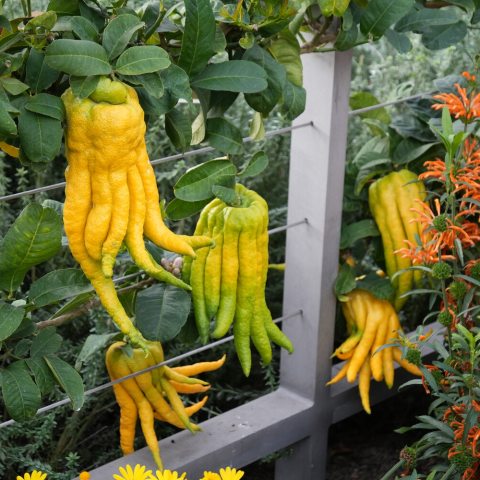
Fingered Citron
Citrus medica var. sarcodactylisCitrus medica var. sarcodactylis, commonly known as fingered citron is one of the oldest cultivated citrus varieties and certainly one of the most unusual. Native to northeastern India and China, it produces a striking, finger-like fruit with little to no pulp or juice, but an exceptionally fragrant rind rich in essential oils. For centuries it has carried cultural significance across East Asia, where its hand-like form symbolizes happiness, longevity, and good fortune, and the fruit is traditionally offered in temples and homes. Historically, it likely spread along ancient trade and pilgrimage routes with Buddhist monks, making it as much a cultural artifact as a botanical curiosity. Though not eaten fresh like other citrus, the aromatic rind and pith are high in pectin and can be transformed into jellies, marmalades, and candied peel, proving this strange fruit is as useful in the kitchen as it is interesting on display!
-

Scarlet-Plume
Euphorbia fulgens 'Queen of Orange'Euphorbia fulgens, often called scarlet plume or Mexican fireplant, is a striking ornamental species valued for its long, arching stems lined with vivid red, orange, yellow, or white bracts (modified leaves). Native to the mountain regions of southern Mexico, it grows in rocky, well-drained habitats where bright days and cool nights help fuel its fiery coloration. In its natural environment, it typically blooms from late summer through winter, with peak flowering often occurring in the fall, which is why it has become a popular seasonal plant in cultivation. Though it looks delicate, this Euphorbia is tougher than it seems, thriving in warm indoor spots and blooming for months when happy. A favorite among florists for its wispy and colorful attributes. Check out other cultivars in bloom Throughout the Conservatory!
-
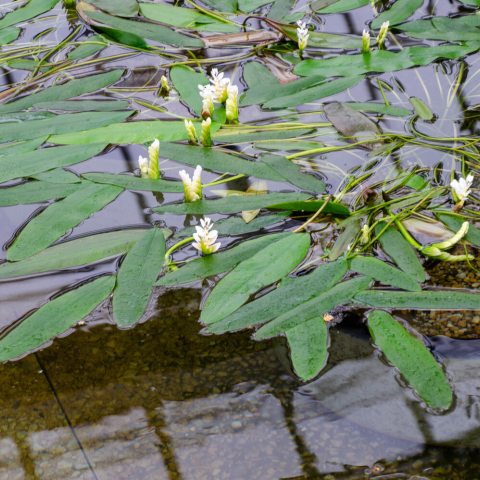
Cape Pond-lily
Aponogeton distachyos
Aponogeton distachyos is a water lily-like plant that produces floating leaves and fragrant flowers from tubers growing at the bottom of water bodies. It is beneficial for water gardens, as it helps to absorb excess nutrients, which can reduce algae growth. Large oblong leaves (to 3-6” long) lie flat on the water surface. The plant is also a popular choice for ponds and water gardens for its ability to grow in both shallow and deeper water areas, making it versatile in pond design. The flowers reportedly have a hawthorn-like fragrance, hence the additional common name of water hawthorn. In South Africa, this plant is commercially grown for its edible tubers that may be added to stews.
-

Hybrid Lavender
Lavandula 'Sidonie'Unlike the more familiar lavender varieties with narrow, needle-like leaves, Lavandula pinnata has deeply lobed, soft, downy, fern-like leaves. This plant has a pungently aromatic fragrance compared to other lavenders, as it can have a more herbal, slightly piney note, hence the "pine" in its botanical name. Unlike most lavender species, Lavandula pinnata is native to tropical and subtropical regions. It's one of the few lavenders that can thrive in warmer, humid climates. While not as widely used as Lavandula angustifolia (the common lavender used in essential oils), Lavandula pinnata still has medicinal and aromatic uses. Its oil can be used for calming and relaxation, and the plant itself can be brewed into a tea. Like other lavenders, Lavandula pinnata is generally pest-resistant due to its strong scent, which deters many insects.
-
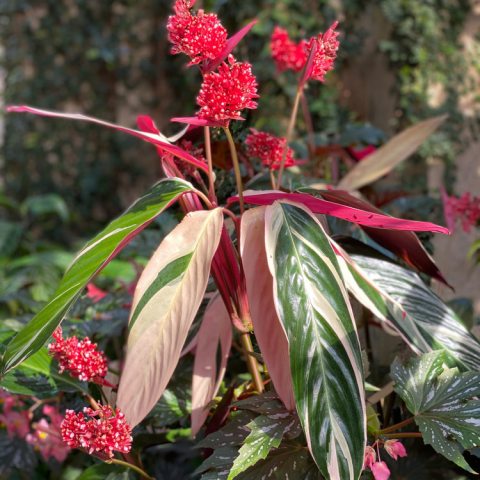
-
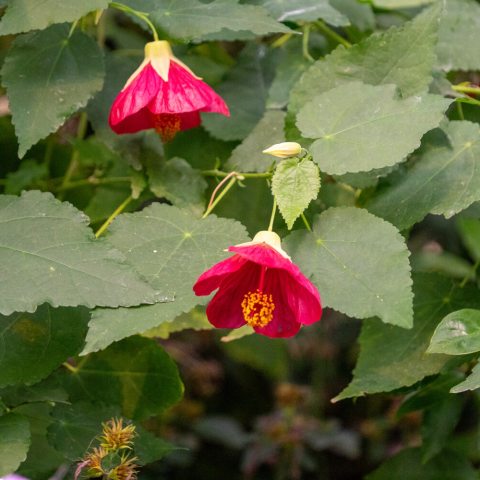
-

-
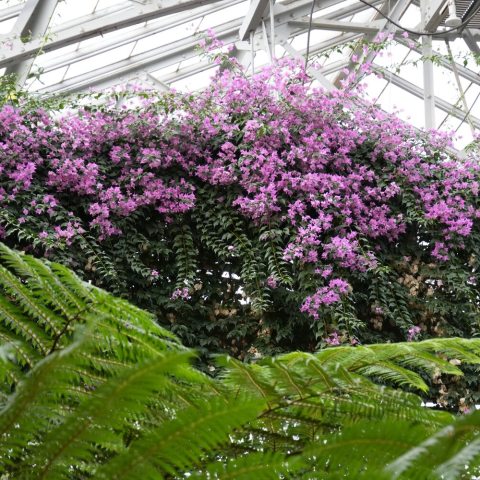
-
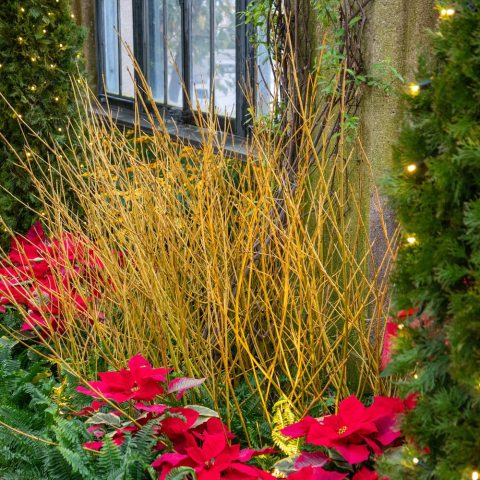
-

-
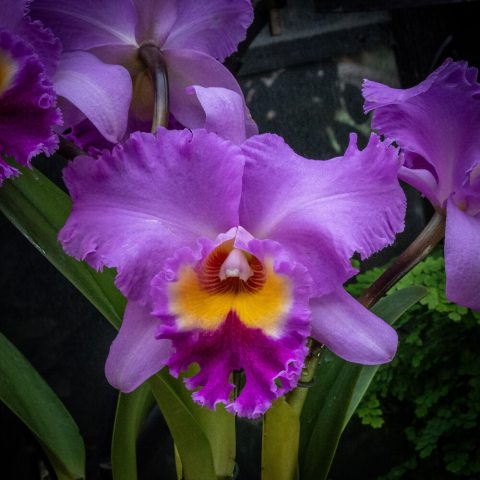
-
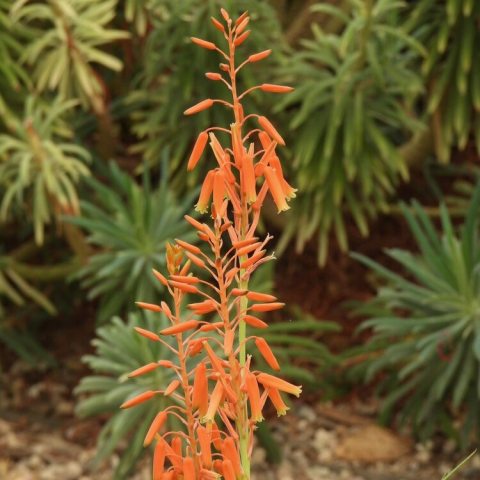
-
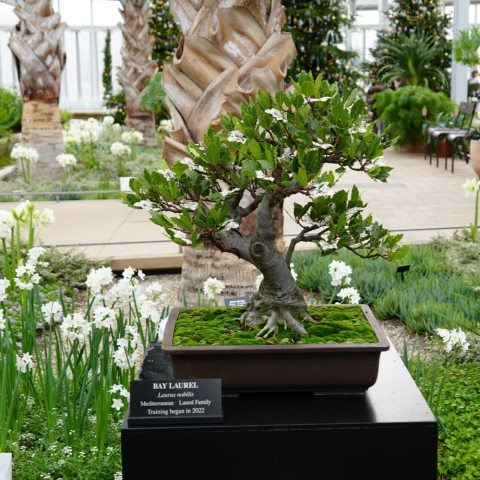
-
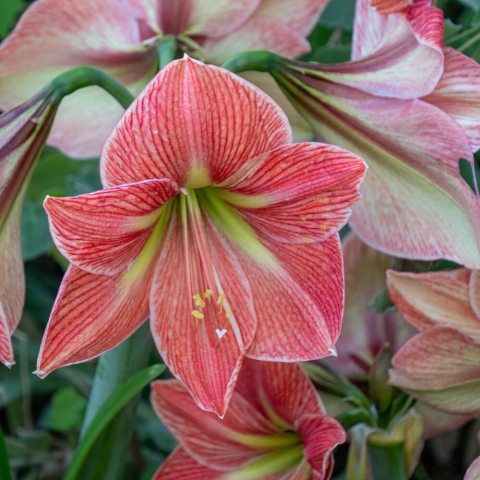
-

-

-

-

-
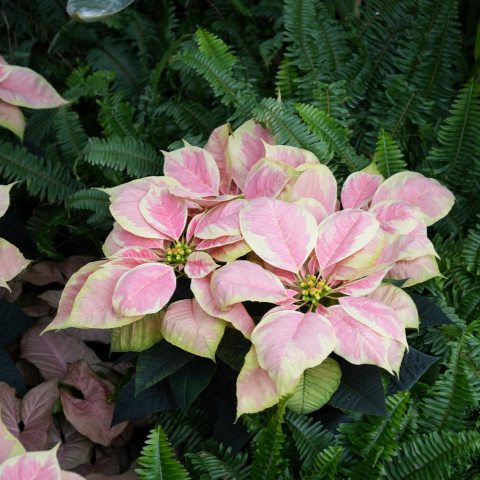
-
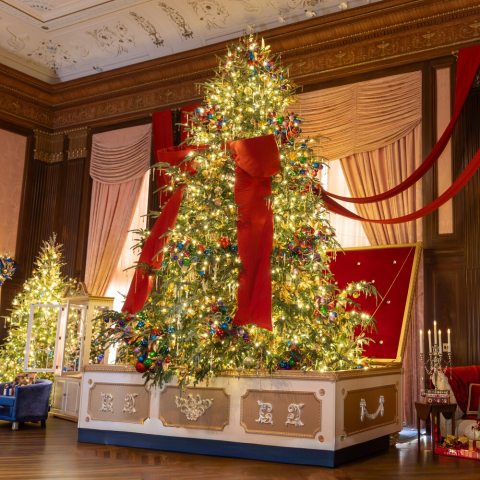
Music Room Christmas Tree
Abies fraseriThis dazzling display transforms the Music Room into a gala of gemstones and jewels. Jewel-toned ornaments shimmer on a heavily decorated 18-foot Fraser fir tree (Abies fraseri) that rises from a giant gold and white jewelry box and is draped in a sweeping six-foot wide red bow that connects to free standing columns and wraps around the room.